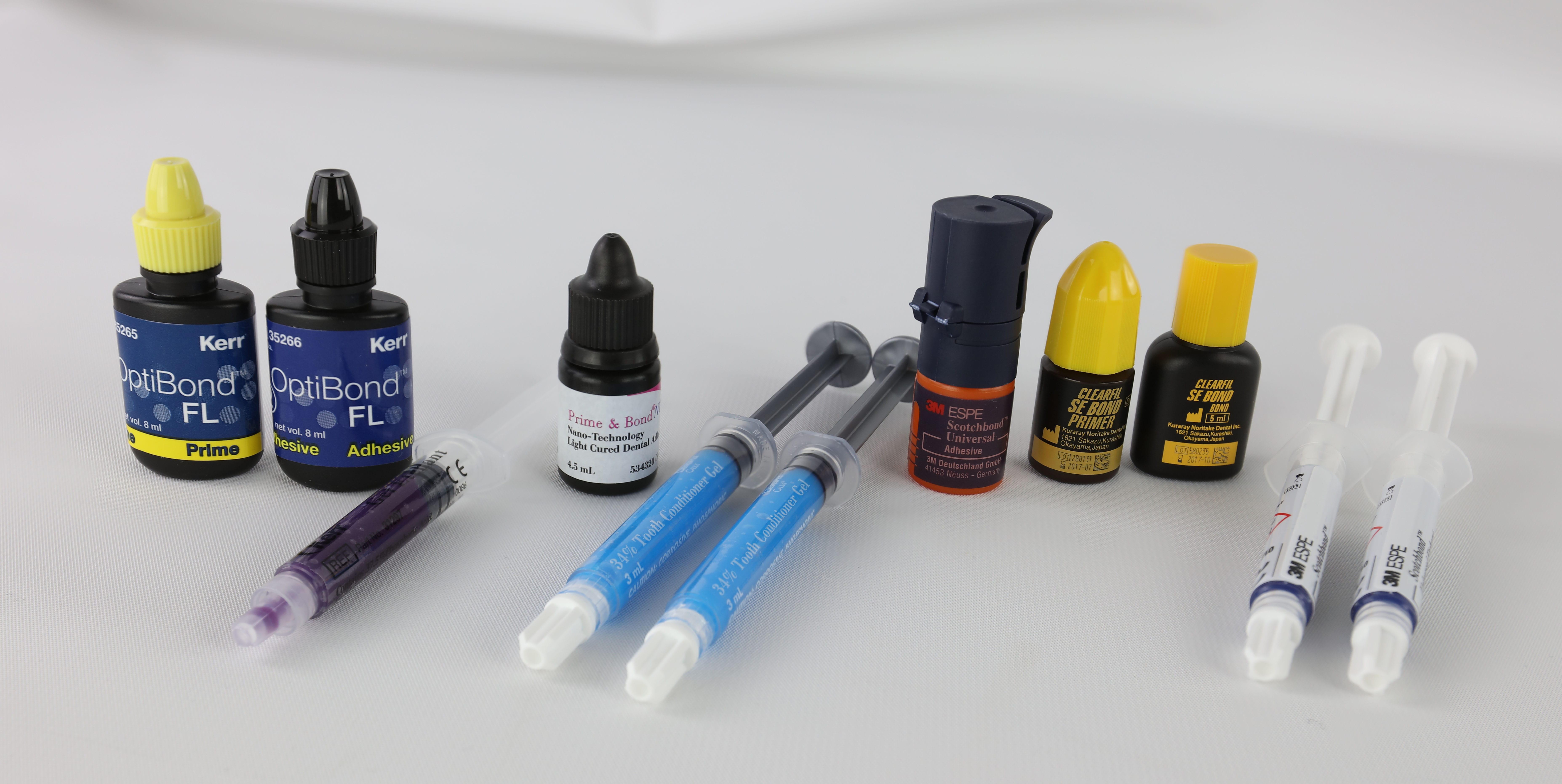As the opioid crisis continues to devastate communities across the United States, a seemingly benign medication has emerged as a hidden player in this ongoing battle: Gabapentin. Originally prescribed for epilepsy and neuropathic pain, Gabapentin’s connection to the opioid epidemic is alarming and warrants our immediate attention. This article explores the troubling relationship between Gabapentin misuse and opioid overdose deaths, emphasizing the urgent need for increased awareness, education, and regulation.
The Rise of Gabapentin Misuse
Gabapentin, marketed under brand names such as Neurontin, has gained traction as an off-label treatment for conditions like anxiety, insomnia, and chronic pain. Unfortunately, this growing popularity has led to a significant rise in its misuse.
- Misuse Statistics: Research indicates that 15-22% of individuals with a history of substance abuse misuse Gabapentin. Its ability to induce feelings of euphoria and calmness, particularly when combined with opioids, makes it an appealing target for those seeking to enhance their experiences.
The Dangers of Gabapentin and Opioid Co-Prescription
One of the most concerning trends is the co-prescription of Gabapentin with opioids. A study published in PLOS Medicine revealed that patients using both medications face a 49% higher risk of dying from an opioid overdose compared to those using opioids alone.
- Increased Risks: The combination can exacerbate respiratory depression—a dangerous side effect of opioids—leading to heightened overdose risks. Alarmingly, nearly 90% of drug overdose deaths involving Gabapentin also include opioids.
The Role of Prescribing Practices
The increase in Gabapentin misuse is partly attributed to prescribing practices:
- Source of Misuse: Studies show that healthcare providers are responsible for 52-63% of misused Gabapentin prescriptions. This underscores the need for responsible prescribing and thorough patient evaluations.
- Regulatory Gaps: As of 2021, only a few states classify Gabapentin as a controlled substance. This inconsistency allows for easier access and less oversight, facilitating potential misuse.
The Need for Increased Awareness and Education
Addressing the gabapentin crisis requires a multi-faceted approach centered on education and awareness:
- Healthcare Provider Vigilance: Providers must carefully assess the risks versus benefits when prescribing Gabapentin, especially for patients with a history of substance abuse.
- Patient Education: It’s crucial to inform patients about the dangers associated with Gabapentin misuse and its interaction with opioids or other central nervous system depressants.
- Public Health Initiatives: Campaigns aimed at raising awareness about Gabapentin abuse can help dispel myths and promote responsible medication use among both healthcare professionals and the public.
The Call for Stricter Regulation and Monitoring
To effectively combat the gabapentin crisis, stricter regulations are essential:
- Reclassification Efforts: Policymakers should consider reclassifying Gabapentin as a controlled substance nationwide. This would enhance monitoring capabilities and help identify high-risk individuals.
- Prescription Drug Monitoring Programs (PDMPs): Integrating Gabapentin into PDMPs will provide healthcare providers with a comprehensive view of patients’ medication histories, allowing for early detection of potential misuse.
The Path Forward: A Comprehensive Approach
Tackling the gabapentin crisis requires collaboration among healthcare providers, policymakers, and the public:
- Responsible Prescribing Practices: Encouraging thorough evaluations before prescribing can significantly reduce misuse.
- Education and Awareness Campaigns: These initiatives can empower patients to understand their medications better and recognize potential risks.
- Stricter Regulations: Implementing more stringent controls on Gabapentin prescriptions can help mitigate its misuse.
Recognizing that the fight against the opioid crisis extends beyond traditional painkillers is crucial. By shedding light on Gabapentin’s hidden role in this epidemic, we can develop targeted strategies to prevent its misuse and save lives from addiction’s devastating consequences.
Conclusion
The connection between Gabapentin and the opioid epidemic serves as a stark reminder of the far-reaching consequences of substance abuse. By acknowledging the hidden dangers associated with Gabapentin misuse and taking proactive measures to prevent its abuse, we can make significant strides in combating opioid addiction and overdose deaths. It is time for healthcare providers, policymakers, and communities to unite against this crisis. Through increased awareness, education, and regulation, we can foster a safer prescribing environment and support those struggling with addiction. Together, we can break the cycle of abuse and build a healthier future for all.















